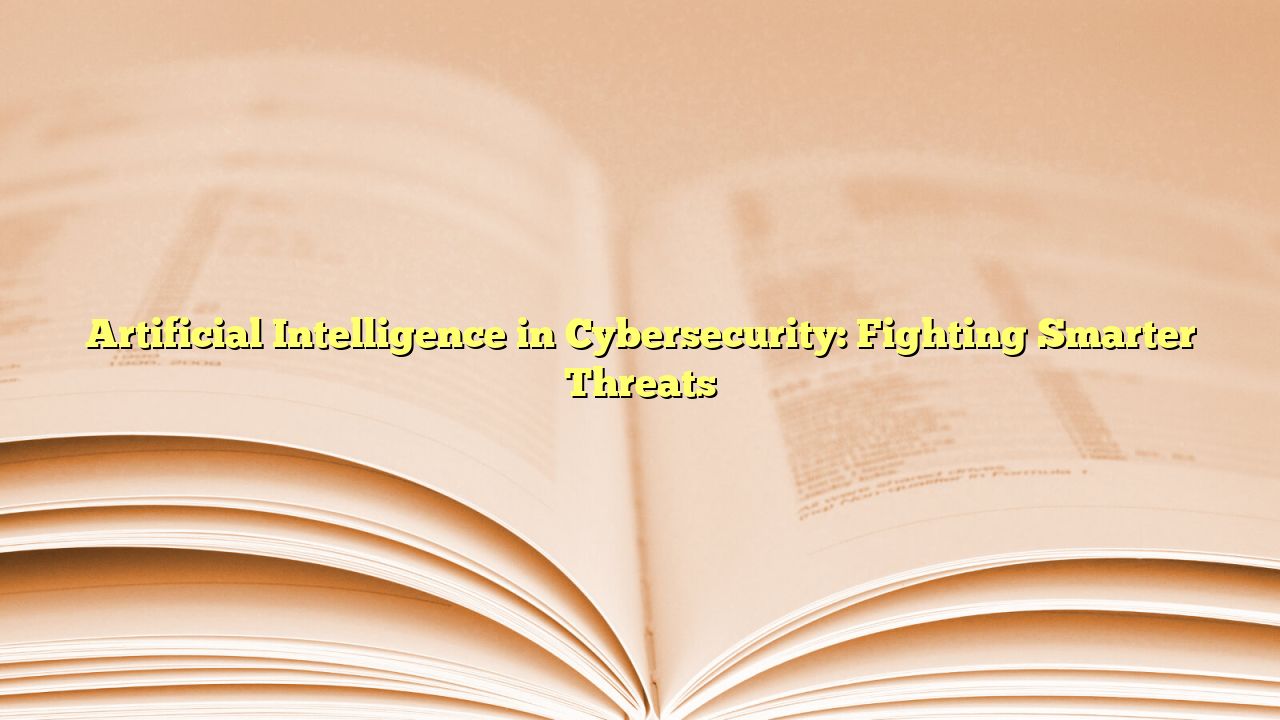Cybersecurity has become a global priority as digital threats evolve in scale and complexity. With traditional defenses often struggling to keep up, Artificial Intelligence (AI) is emerging as a powerful tool in protecting data otpklik and infrastructure.
AI-powered systems can analyze massive volumes of data faster than human teams. Machine learning algorithms detect patterns of suspicious activity, identifying potential attacks before they cause harm. For instance, AI can flag unusual login behavior or recognize malware signatures even if the code has been slightly altered.
One of AI’s greatest strengths in cybersecurity is its ability to adapt. Unlike rule-based systems that only recognize known threats, AI can learn from new data, making it effective against novel attacks. This is crucial in today’s environment, where cybercriminals constantly develop new tactics to bypass defenses.
AI is also enhancing response times. Automated systems can isolate infected devices or shut down compromised connections within seconds, minimizing damage. In financial institutions, for example, AI-driven fraud detection prevents unauthorized transactions in real time.
However, AI in cybersecurity is not without challenges. Cybercriminals are also leveraging AI to launch more sophisticated attacks, such as deepfake phishing schemes. Additionally, over-reliance on automated systems could lead to blind spots if humans are not actively involved in oversight.
In conclusion, AI is transforming the cybersecurity landscape, offering both new opportunities and challenges. By combining human expertise with AI-driven defenses, organizations can build smarter, more resilient security systems against the threats of tomorrow.
